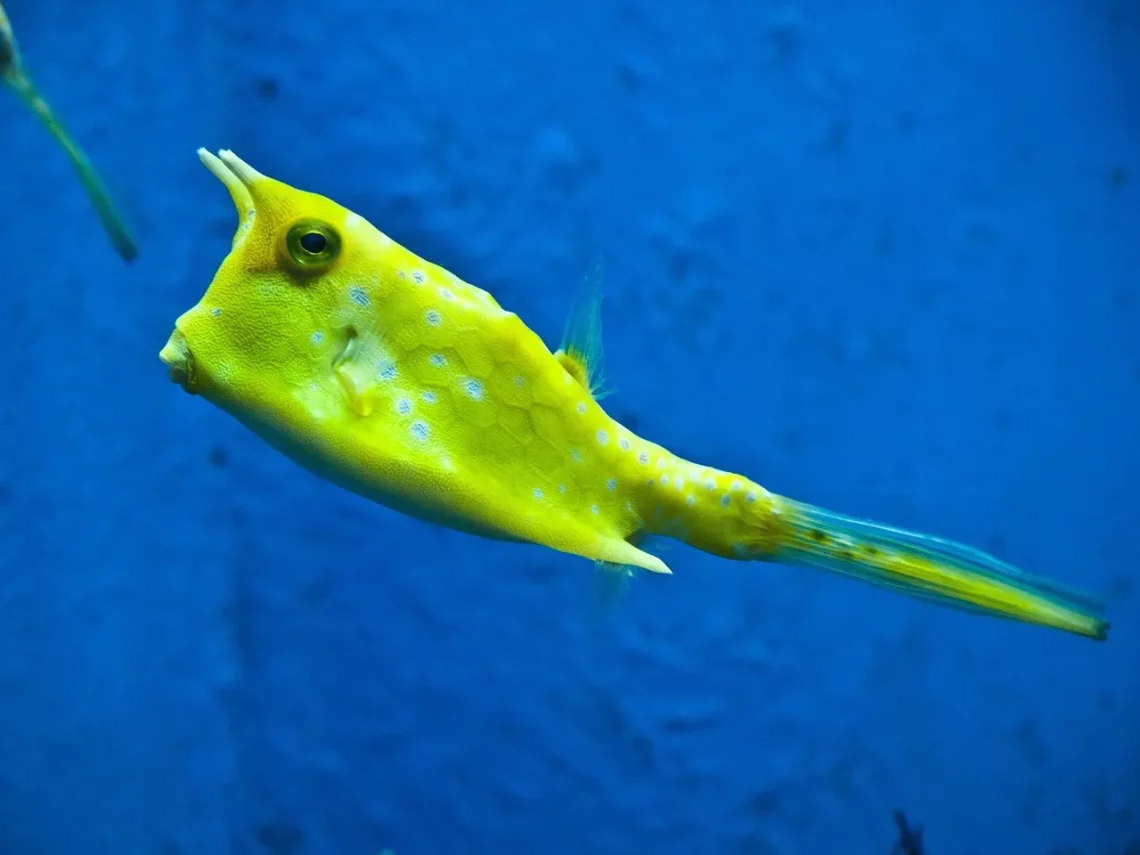
Exploring Pineconing in Betta Fish: Causes and Care Tips
Betta fish, known for their vibrant colors and unique personalities, are a popular choice among aquarium enthusiasts. However, like all living creatures, they are susceptible to various health issues that can impact their well-being. One such condition is known as “pineconing,” a phenomenon that can be alarming for fish owners when they observe their Bettas exhibiting unusual physical changes. This term refers to the outward protrusion of scales, resembling the appearance of a pinecone, which often indicates an underlying health problem.
Understanding the causes of pineconing is crucial for any Betta owner, as it can be a sign of serious health issues like dropsy, which can result from various factors including poor water quality, stress, and infections. The unique anatomy and physiology of Betta fish play a significant role in how they respond to environmental changes, making it essential to monitor their habitat and behavior closely.
In this exploration of pineconing in Betta fish, we will delve into the causes of this condition, discuss preventive measures, and provide care tips to help maintain the health of your beloved aquatic companions. By gaining a deeper understanding of the factors that contribute to pineconing, fish owners can take proactive steps to ensure their Bettas remain healthy and vibrant.
Understanding the Causes of Pineconing in Betta Fish
Pineconing in Betta fish is most commonly associated with a condition called dropsy, which is characterized by the swelling of the body and the protrusion of scales. This health issue can be caused by a variety of factors, and understanding these causes is essential for effective prevention and treatment.
One of the primary causes of dropsy is poor water quality. Bettas are sensitive to changes in their environment, and inadequate filtration, high levels of ammonia, nitrites, or nitrates can lead to stress and illness. Regular water testing and maintaining optimal water conditions are crucial for the health of your fish. A clean tank with stable parameters helps reduce the risk of diseases associated with poor water quality.
Another significant factor contributing to pineconing is infections, particularly bacterial and viral infections. These infections can lead to inflammation and fluid accumulation within the body cavity, causing the characteristic swelling associated with dropsy. If a Betta fish is infected, it may also exhibit other symptoms such as lethargy, loss of appetite, and abnormal swimming behavior.
Stress is another critical factor that can lead to health issues in Betta fish. Bettas are territorial creatures, and introducing new tank mates or sudden changes in their environment can cause significant stress. Providing a suitable habitat with plenty of hiding spots and maintaining a consistent routine can help minimize stress levels in your Betta.
Lastly, nutritional deficiencies can also contribute to the development of dropsy. A well-balanced diet is essential for the overall health and immune function of your Betta fish. Feeding high-quality pellets, frozen foods, and occasional treats can help ensure your fish receive the nutrients they need to thrive.
Signs and Symptoms of Pineconing
Recognizing the signs of pineconing in Betta fish is crucial for early intervention and treatment. While the most noticeable symptom is the protrusion of scales, there are various other indicators that can help you determine if your fish is experiencing health issues.
Apart from the distinctive pinecone-like appearance, one of the first signs of trouble is often a change in behavior. A Betta fish may become lethargic, spending more time at the bottom of the tank or hiding in corners. If your fish is less active than usual, it may be a warning sign that something is wrong.
Loss of appetite is another common symptom associated with dropsy and pineconing. If your Betta refuses to eat or shows little interest in food, this can indicate underlying health problems. Monitoring your fish’s eating habits is essential for identifying potential issues early on.
In addition to these behavioral changes, keep an eye out for other physical symptoms. A Betta fish suffering from dropsy may display swelling in the abdomen, which can be accompanied by a bloated appearance. If you notice any discoloration or lesions on the skin, this may also signal an infection or other health problem.
It’s important to note that while pineconing may be an alarming symptom, it is often indicative of a more serious underlying issue. Therefore, if you observe any combination of these signs, it is crucial to take immediate action to assess your fish’s health and environment.
Preventive Measures for Maintaining Betta Fish Health
Preventing pineconing and other health issues in Betta fish requires a proactive approach to their care. By implementing specific practices, you can create a healthy environment that minimizes stress and reduces the risk of disease.
Firstly, maintaining optimal water quality is one of the most critical aspects of Betta care. Regular water changes are essential to keep ammonia, nitrite, and nitrate levels in check. Aim for at least a 25-50% water change every week, and always use a water conditioner to remove harmful chemicals before adding new water to the tank.
Secondly, ensure that your Betta has a suitable habitat. Bettas thrive in environments that mimic their natural habitat, which includes plenty of hiding spots, plants, and decorations. Avoid overcrowding the tank, as this can lead to stress and aggression. A tank size of at least 5 gallons is recommended for a single Betta fish to provide ample space for swimming and exploring.
Feeding a balanced diet is another critical preventive measure. High-quality Betta pellets, supplemented with frozen or live foods, can help ensure your fish receives the necessary nutrients. Avoid overfeeding, as uneaten food can pollute the water and lead to health issues.
Monitoring your fish for any signs of stress or illness is also vital. Keeping a close eye on your Betta’s behavior and physical appearance can help you catch potential problems before they escalate. If you notice anything unusual, such as changes in swimming patterns or feeding habits, take immediate action.
Lastly, quarantine new fish before introducing them into your Betta’s tank. This practice helps prevent the spread of diseases and allows you to monitor the new fish for any signs of illness.
Treatment Options for Pineconing in Betta Fish
If you discover that your Betta fish is experiencing pineconing, it is essential to act quickly to address the underlying issues. Treatment options vary depending on the cause of the condition, but several effective strategies can help restore your fish’s health.
If poor water quality is the culprit, the first step is to perform immediate water changes to improve conditions. Test the water parameters and ensure they are within the appropriate range for Betta fish. Consider upgrading your filtration system if necessary, and continue to monitor the water regularly.
If you suspect that an infection is causing the pineconing, it may be necessary to treat your Betta with antibiotics or anti-parasitic medications. Consult with an aquarium expert or veterinarian to determine the best course of action, as some medications are specifically designed to target certain types of infections.
For fish suffering from dropsy due to nutritional deficiencies, adjusting their diet is critical. Incorporating high-quality foods rich in vitamins and minerals can support your Betta’s immune system and overall health. Additionally, consider including medicated foods designed to treat specific health issues.
In cases where stress is a significant factor, reevaluating the tank environment may be necessary. Reducing noise, providing hiding spots, and ensuring a stable temperature can help alleviate stress in your Betta. If aggression from tank mates is a concern, consider separating your Betta into a peaceful environment.
Lastly, always observe your fish closely during the treatment process. Monitor their progress and make adjustments as needed. If your Betta’s condition does not improve or worsens, it is advisable to consult with a veterinarian who specializes in fish health.
**Disclaimer:** This article is not intended as medical advice. If you notice any health issues with your Betta fish, please consult a qualified veterinarian for professional guidance.




